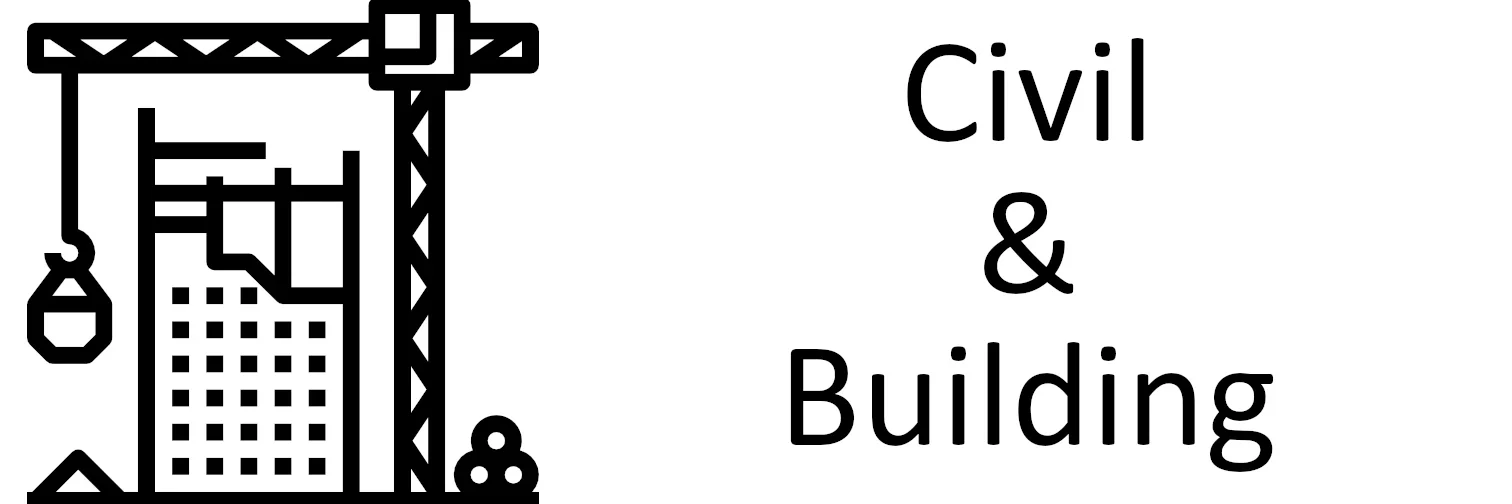Introduction
In an era necessitating adept construction approaches, precast concrete has become a game-changing solution. This inventive building technique necessitates generating concrete components in a administered factory atmosphere before transferring and putting them in place. In this article, we will analyze the world of precast concrete and how it streamlines building by exploiting the strengths of off-site production.
Comprehending Precast Concrete
Precast concrete is a construction strategy where concrete items, such as panels, beams, columns, and slabs, are formed in a regulated production facility (precast plant) prior to being delivered to the building site for assembly. These precast components are cast in reusable molds and healed under vigilantly managed circumstances, assuring high-grade and predictable end-products.
The Process of Precast Concrete Production
- Designing and Arranging: The procedure opens with the plan and preparation stage, where engineers and architects collaborate to conceptualize specific plans for the precast components. These designs set out the measurements, specific features, and the types of molds needed for production.
- Mold Preparation: Molds are organized for casting by either taking advantage of reusable molds generated of materials like steel or plastic or by concocting provisional molds from timber or other materials.
- Concrete Mixing: In the precast plant, concrete is batched utilizing meticulously regulated proportions of cement, aggregates, water, and admixtures. This secures steady quality and reliability.
- Casting: The concrete blend is poured into the molds, and reinforcement, if necessary, is applied to grant structural soundness. Vibrators are frequently put to use to wipe out air vacuums and guarantee equitable dispersion.
- Curing: After forming, the precast elements are mended in a managed milieu to acquire the required fortitude. This typically includes temperature and humidity regulation for ultimate curing.
- Finishing: Once recuperated, the precast parts endure completion procedures, such as sandblasting, surface texturing, or painting, to carry out architectural or functional principles.
- Transportation and Assembly: The polished precast components are conveyed to the building site, where they are gathered into the remaining construction. This course of action is often quicker and more effective than traditional on-site building.
Advantages of Precast Concrete - Rapidity: Precast concrete significantly accelerates construction timelines. While on-site construction could be impeded due to weather predicaments, precast elements are manufactured in a governed atmosphere, diminishing interferences.
- Quality Control: Factory manufacturing assures even excellence and exact features. Precast elements are created with exactness, diminishing the chance of blunders or defects.
- Cost Efficiency: While the opening expenditure in precast components and molds can be greater, economical savings are watched through shrivelled on-site labour, shorter constructions timelines, and reduced material wastage.
- Design Flexibility: Precast concrete gives plan suppleness with a broad selection of surfaces, completions, and design details, permitting disparate esthetic possibilities.
- Strength: Precast components are renowned for their long-lasting stamina, making them ideal for tasks necessitating immunity to environmental aspects or dense loads.
- Sustainability: Precast concrete can add to sustainability objectives by shrinking development trash, safeguarding energy, and affording possibilities for recycling or reuse.
Applications of Precast Concrete
Precast concrete is versatile and appropriate for a wide range of building projects, including: - Residential Buildings: Precast parts like wall panels, beams, and slabs could be used in domestic construction, offering plan suppleness and durability.
- Commercial Structures: Precast concrete is customarily deployed in commercial buildings, such as offices, schools, and hospitals, where speed of construction is key.
- Bridges and Infrastructure: Precast parts like bridge girders and retaining walls are extensively used in infrastructure projects for their strength and solidness.
- Industrial Facilities: Precast concrete is utilized in manufacturing zones and storehouses to generate robust constructions with economical building plans.
Conclusion
Precast concrete has transformed the building industry by providing a faster, cost-effective, and quality-oriented method of constructing. Through off-site production, it streamlines construction techniques, ensuring consistent results and granting architects and engineers to bring their visionary designs to life. As the need for effectual, sustainable, and long-lasting construction options carries on to increase, precast concrete is primed to perform an even more significant function in fashioning our built realm.
